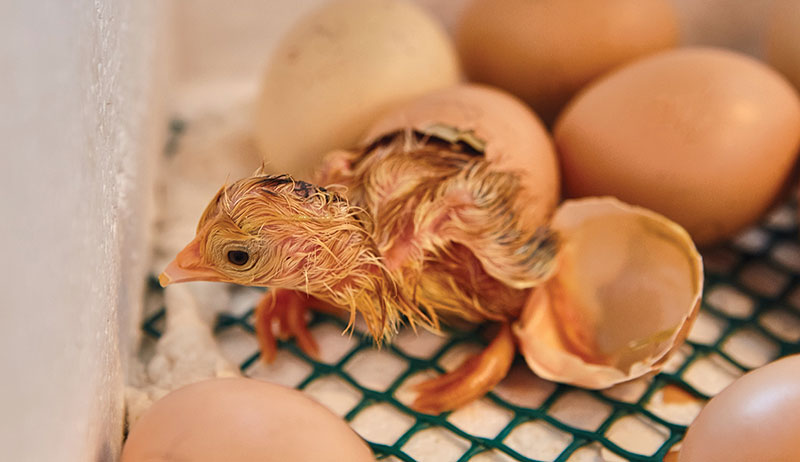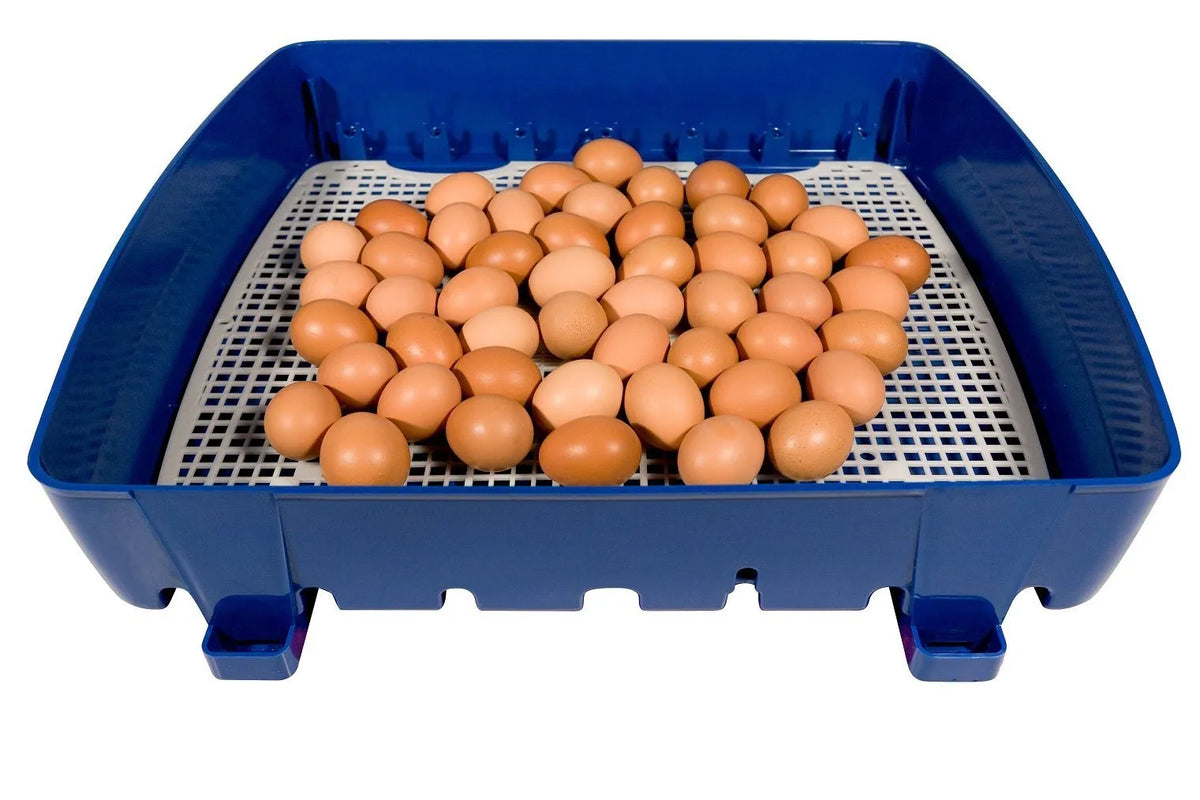For many chicken enthusiasts and backyard farmers, the process of hatching eggs can be both exciting and nerve-wracking. As the moment of hatching approaches, a common question arises: is it safe to open the incubator during hatching? This query is paramount because improper handling can jeopardize the successful emergence of chicks. In this article, we will dive into the nuances of incubator management during the critical hatching phase and explore why its crucial to maintain optimal conditions inside the incubator.

The Importance of Maintaining Incubator Conditions
One of the most critical factors during the hatching process is maintaining stable conditions within the incubator. Temperature and humidity levels are essential to the successful hatching of chicks. When these levels are disrupted, it can lead to complications such as stuck chicks or even death. Therefore, understanding when and how to manage the incubator environment is vital for anyone involved in egg incubation.
Why Opening the Incubator Can Be Risky
During the hatching process, opening the incubator can introduce a range of risks. The sudden change in temperature and humidity can cause the egg membranes to dry out rapidly, leading to what is known as shrink wrapping. This condition can trap the chick inside the egg, making it difficult or impossible for it to escape. Therefore, it is generally advised to avoid opening the incubator unless absolutely necessary.
Understanding Shrink Wrapping
Shrink wrapping refers to the desiccation of the eggs inner membrane. This occurs when the membrane dries out, usually due to exposure to air that is too dry or cold. It is a preventable condition if the incubator remains closed during hatching. To learn more about managing humidity, you can explore egg incubator humidity hacks.
When It Might Be Necessary to Open the Incubator
There are situations where opening the incubator may be unavoidable. For example, if you need to assist a chick that is struggling to hatch or if there is a malfunction within the incubator itself. In such cases, it is crucial to minimize the duration and frequency of opening to reduce the impact on the incubators environment.
Steps to Safely Open the Incubator
If you must open the incubator, follow these steps to minimize risks:
- Plan ahead and be quick to reduce exposure time.
- Ensure that the rooms temperature and humidity are similar to those inside the incubator.
- Quickly perform the necessary action and close the incubator immediately.
Monitoring and Adjusting Incubator Settings
Properly monitoring and adjusting the settings of your incubator can prevent the need to open it unnecessarily. Regular checks on temperature and humidity levels ensure that the internal environment remains stable. For more insights, check out chicken incubator troubleshooting guide.
Using Technology for Monitoring
Many modern incubators come equipped with sensors and alarms that alert you to any irregularities in the conditions. These can be invaluable tools in ensuring that the incubator remains closed during the critical hatching period.
Best Practices for Hatching
Adhering to best practices can significantly increase your chances of a successful hatch. This includes setting up the incubator correctly, regular monitoring, and maintaining cleanliness. For a comprehensive guide to setting up an incubator, you may find this egg incubator setup video helpful.
Preparing for the Hatch
As hatching time approaches, ensure that your incubator is at the correct humidity level. This is typically around 65-70% during the final days leading up to hatching. Additionally, avoid opening the incubator to check on the eggs unless absolutely necessary. For more tips on preparing for hatching, you can read about chicken hatching project ideas.
Common Myths About Incubation
There are several myths surrounding the incubation process that can lead to misunderstandings or mistakes. One common myth is that opening the incubator is necessary to help chicks hatch. In reality, chicks are typically capable of hatching on their own if the environment is conducive.
Debunking Misconceptions
Another misconception is that frequent opening is needed for ventilation. However, incubators are designed to provide adequate air exchange without the need for frequent opening. For further insights, you might want to look into incubating eggs in hot climates.

Conclusion: Prioritize Safety and Patience
In conclusion, the question of is it safe to open incubator during hatching can be answered with caution. While there are circumstances that may necessitate opening the incubator, it is generally best to keep it closed to maintain the stable conditions needed for successful hatching. By following best practices and staying informed, you can help ensure a successful and rewarding hatching experience.
FAQs
Can I open the incubator to check on the eggs?
While it is tempting to check on the eggs, it is best to avoid opening the incubator to prevent disrupting the temperature and humidity levels.
What should I do if a chick is struggling to hatch?
If you believe a chick is in distress, you may need to open the incubator briefly to assist, but do so with caution and minimize exposure time.
How do I know if the incubator settings are correct?
Regularly monitor the incubator’s temperature and humidity settings. Many incubators come with built-in sensors and alarms to help maintain optimal conditions.
This article contains affiliate links. We may earn a commission at no extra cost to you.











